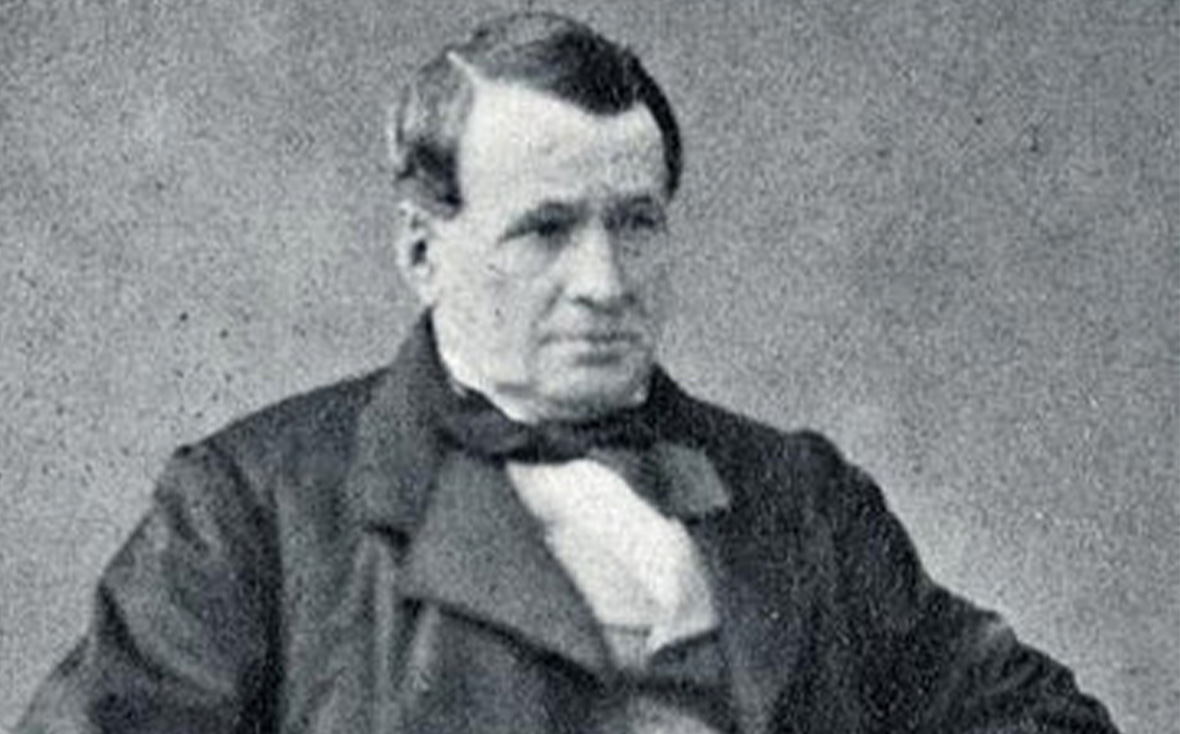Thierry Hermès

The story of Hermès starts with Thierry Hermès in 1837. The young artisan set up shop on rue Basse-du-Rempart in Paris, creating harnesses and bridles for the carriage trade. But this wasn’t just about functionality. Thierry saw beyond the leather and stitching—he understood the evolving rhythm of a city on the cusp of modernity. His craftsmanship spoke directly to the changing needs of urban mobility, delivering harnesses that were both elegant and reliable, suited to a clientele that demanded grace under pressure.
By the time the Universal Exhibition of 1867 rolled around, Thierry’s pieces were already celebrated for their understated beauty and durability. He didn’t chase extravagance; instead, he brought a kind of quiet mastery that set the foundation for what Hermès would become—not just a brand but a philosophy. This attention to the desires and shifts of society marked the beginning of a long-lasting relationship between the house of Hermès and its audience.
Today, Hermès is synonymous with luxury, but it all goes back to Thierry’s commitment to understanding his customers, his artisanship anchored in both function and form. His harnesses were the ultimate in utility meeting art, and that spirit of balancing beauty with purpose still resonates in the collections that Hermès releases season after season. What started with saddlery evolved into something much more—a house that moves with, but never merely follows, the times.